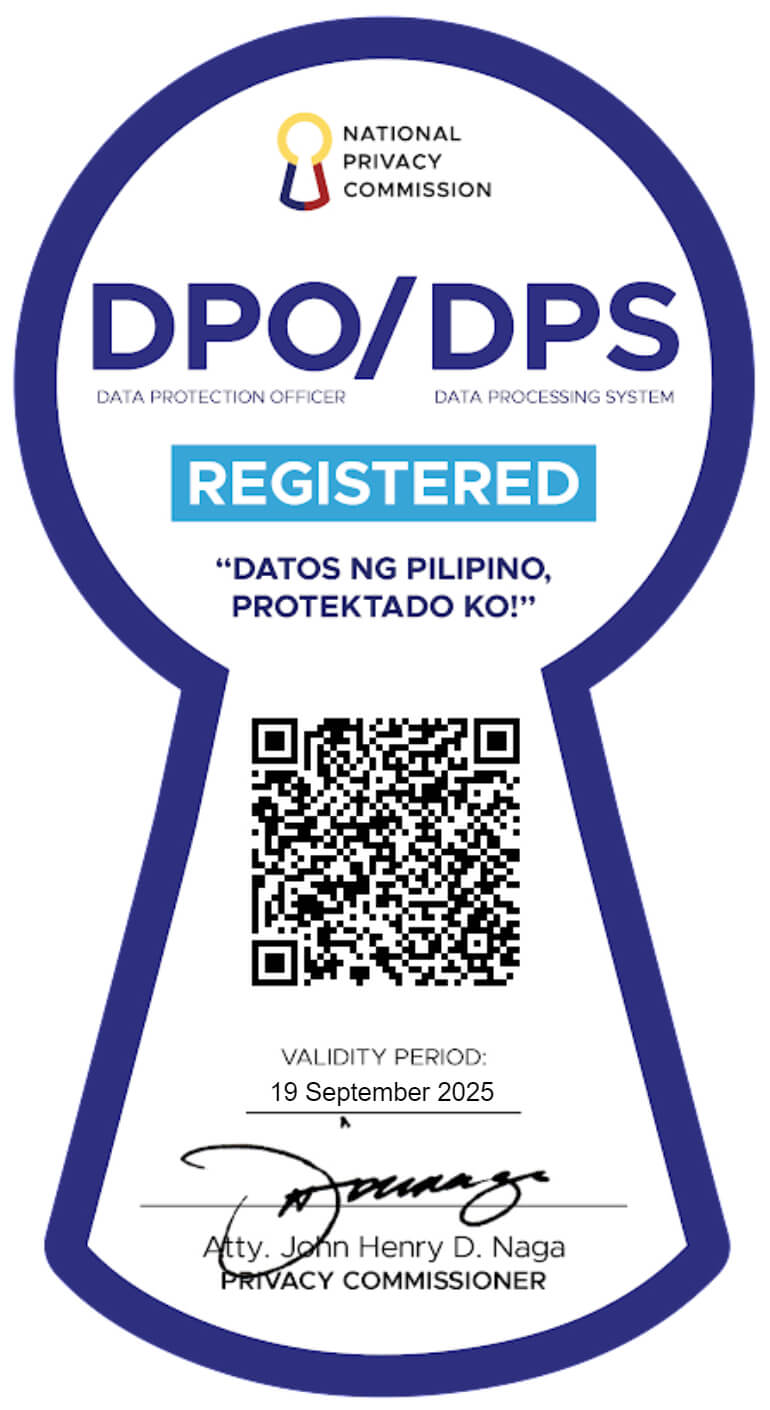-
About Us
Probe CX is a tech-powered, global customer experience organisation that amplifies human capabilities with technological excellence.
-
Awards and Accreditations
As an industry-leading CX and digital transformation provider, Probe CX has a resume to match any of our competition.
-
Compliance
Industry-recognised certifications to protect what matters most to our clients and their customers.
-
Locations
Over 19,000 team members delivering exceptional customer experiences across five countries.
-
Vision and Culture
We help our clients become modern digital organisations by combining the latest technology with people, process and data.
-
Executive Team
Meet the team with unmatched experience committed to helping organisations create environments for digitally-enabled CX to thrive.
-
 Blog
BlogDiscover the latest insights, information and trends in blogs created by customer experience experts.
-
 News
NewsLearn where Probe CX have been recognised in the news, including awards, accreditations, acquisitions, partnerships and more.
-
 Resources
ResourcesDownload our latest resources including whitepapers, case studies, tip sheets, reports and brochures..
A leading energy and gas industry retailer required support with credit collection activities and help to optimise their KMS.
- Blog
- Improve eCommerce CX with chatbots
Improve eCommerce CX with chatbots

Compare this shopping experience to those in physical stores. A customer service representative or sales assistant would interrupt their confusion before it reaches that frustration point. A quick ‘can I help you look for anything in particular?’ or ‘do you need help with anything?’ would guide those customers to their needs and hopefully, a purchase.
So how can this type of CX interruption in a customer's buying journey be offered in the eCommerce sector? Two words: chatbots and conversation AI.
What is a chatbot?
A chatbot is an artificially intelligent (AI) solution that can, for eCommerce services, be deployed to engage and assist customers at different points of their buying journey. They can answer queries, provide after-sales support or perform conversational marketing. They help organisations by taking care of these tasks so human agents can use their time more efficiently for higher-value work.
There are two types of chatbots: scripted chatbots and AI chatbots. Traditional chatbots can be ‘scripted’ to respond to customers with pre-defined answers. Where these types of chatbots fail is when they are presented with more complex queries they don’t have the answer ‘scripted’ for. Enter technological advancements in chatbot software and programming that have created an evolved solution: AI chatbots for eCommerce.
What is conversational AI?
Conversational AI uses intelligent automation to address the failures of traditional chatbots, enabling computers to simulate real conversations. AI chatbots, also known as virtual agents, are powered by a ‘synthetic brain’ made up of various technologies working together to enable a program to process, understand and respond to human language.
To further understand conversational AI, an understanding of terms such as natural language processing (NLP), machine learning and predictive analysis are great places to start. These are the key features that make these types of chatbots more dynamic than their traditional counterparts.
Siri or Google Home are popular examples of conversational AI in today’s world. The rise in popularity of such digital assistants powered by conversational AI has the global chatbot market expecting to hit $9.4 billion by 20241; a $6.8 billion increase from its 2019 figures.
Why eCommerce organisations invest in chatbots
Delivering a good customer experience (CX) has never been more important in an increasingly competitive market. For customers, CX ranks higher than the price of the product or the product itself2 when deciding whether to purchase or not. If organisations want to retain and attract customers, it comes down to whether they have provided them with an enjoyable and seamless shopping experience.
With over 24 million eCommerce websites3 currently on the market, competitive advantage is all about a strong CX. Standing out from the crowd means investing in solutions that amplify your virtual customer services. Today’s modern online shopper wants their issues resolved quickly and information presented promptly without having to make the effort to give your customer service channels a ring. eCommerce chatbots are helping organisations make this happen.
The benefits of eCommerce chatbots
There are a variety of benefits chatbots present to organisations:
Personalisation
eCommerce chatbots, as they are powered by AI, have access to big data analytics meaning they can store and analyse crucial information regarding customer behaviours. From buying habits to purchasing history, they are designed to use this data to deliver a better and more personalised customer experience. This can improve engagement rates and also save customers time trying to find products or services that best meet their needs by guiding them to solutions before they ask.
Recommendations
The keyword in conversational AI chatbots is ‘conversational’. This means that these chatbots are able to have back-and-forth human-like conversations with customers, making them feel more comfortable and creating an environment in which they may be more open to product or service recommendations. Backed by the personalisation benefit, these recommendations aren’t just presented at a whim. They are carefully curated to ensure they meet the needs of consumers and whether they are more likely to actually want to purchase such recommendations. Especially when almost 50% of people have purchased itemsthey did not initially intend to buy after a personalised recommendation from a brand.
Faster resolutions
AI allows chatbots access to knowledge bases and FAQs based on keyword identification. This means they can start searching for answers to questions customers haven’t even asked yet. This improves the organisation's capacity to resolve queries faster and more efficiently, leading to a better customer service experience overall.
24/7 support
Over 50% of customers4 expect a business to be open 24/7. eCommerce businesses, being part of an industry that essentially has its doors open 24/7 should look to apply this mentality to their customer service element. This means around-the-clock support for consumers who visit their site. Chatbots are a great way to fill in the gap while also saving on costs without having to hire human agents to work hours that may incur higher penalty rates.
Conversion rates
Chatbots can help reduce abandoned cart rates, which currently sit at almost 70%5. 53% of online consumers abandon carts6 if they don’t receive immediate answers to their queries. They are not interested in having to send an email or make a phone call, they want information now and chatbots can provide them just that. Taking it another step further, automation and further developments can be made to your chatbot to prompt consumers into action if their shopping cart is sitting idle for some time.
Make eCommerce chatbots a reality for your organisation
Rushing into chatbot implementation is not the way to go about improving your customer experience. It is crucial to pick the solution that will meet your business goals but also the needs of your customers. Implementing a chatbot that doesn’t understand these needs can have the opposite effect.
Partnering with a team of experts that know how to analyse the needs of your business and your consumers can take the stress of implementing an efficient chatbot away from your team and into the trusted hands of professionals in the market.
Reference:
1 https://markets.businessinsider.com/news/stocks/global-chatbot-market-anticipated-to-reach-9-4-billion-by-2024-robust-opportunities-to-arise-in-retail-ecommerce-1028759508
2 https://walkerinfo.com/cxleader/customers-2020-a-progress-report/
3 https://wpforms.com/ecommerce-statistics/
4 https://www.slicktext.com/blog/2020/04/chatbot-statistics/
5 https://baymard.com/lists/cart-abandonment-rate
6 https://www.forrester.com/blogs/16-03-03-your_customers_dont_want_to_call_you_for_support/
Related Articles
Intelligent Automation
The future of AI driven conversations
How will conversational AI will reshape service delivery from every angle?
Customer Experience CX
Top 5 ways to improve retail CX
The top five ways to optimise your CX processes to ensure your customers have positive experiences with your brand
Technology
Asynchronous messaging - what it is, how it works and why it’s here to stay
Modern consumers want the ability to communicate with brands on their own terms and asynchronous messaging is allowing them to do just that.
© Copyright 2025 Probe CX | ProbeCX is a proudly owned subsidiary of Probe Group
Privacy Policy | Responsible AI Policy | Financial Hardship Policy | Whistleblower Policy | Complaints Procedure | Supplier Code of Conduct | Make a Payment | Client Login




